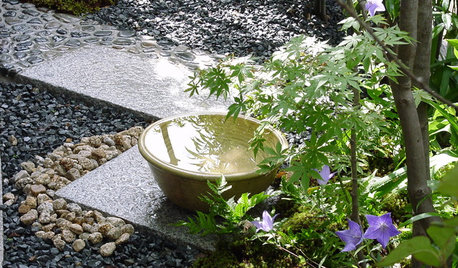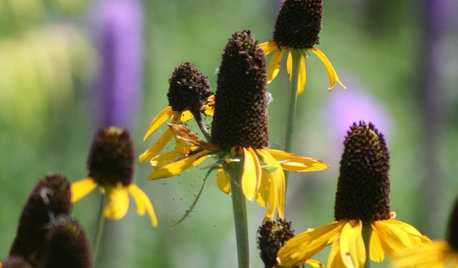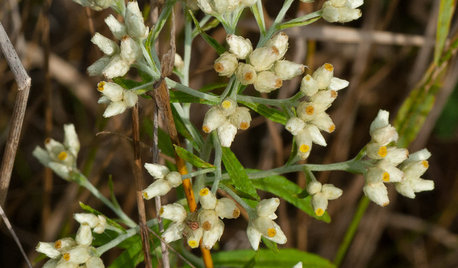Is Central Texas hospitable enough for Japanese Maples?
callantx
15 years ago
Related Stories

TREES11 Japanese Maples for Breathtaking Color and Form
With such a wide range to choose from, there’s a beautiful Japanese maple to suit almost any setting
Full Story
HOUZZ TOURSHouzz Tour: Wild for Wood in Central Texas
Mesquite, cherry and white oak harmonize beautifully in an Austin family's warm and modern home
Full Story
GARDENING GUIDES12 Japanese Maples for a Sunny Garden
The right maple in the right place shines in hot summer sun
Full Story
GROUND COVERSNative Alternatives to English Ivy, Japanese Pachysandra and Periwinkle
These shade-loving ground covers are good for the environment and say something about where you are
Full Story
TRAVEL BY DESIGNTravel Guide: Austin, Texas, for Design Lovers
You'll find fantastic food along with incredible art and architecture in this capital city, deep in the heart of Texas
Full Story
HOUZZ TOURSMy Houzz: Neutral and Natural Elegance in Texas
Creamy hues, plush furnishings and vintage touches create a serene setting for a stylist and her family
Full Story
WORLD OF DESIGNA Beginner’s Guide to the Japanese Tea Garden
A small roji, or teahouse garden, offers a respite from everyday life. Why not make one part of your home garden?
Full Story
GARDENING FOR BUTTERFLIESGreat Design Plant: Giant Coneflower, a True Exclamation Point
Watch as towering stalks topped by yellow blossoms become a beacon for birds and insects in the midsummer garden
Full Story
GARDENING GUIDESGreat Design Plant: Pseudognaphalium Obtusifolium, or Rabbit Tobacco
This late-blooming native annual, also known as sweet everlasting, adds spontaneity to landscapes in the eastern United States
Full Story
HOUZZ TOURSMy Houzz: Grand Openings for a Dallas Ranch
Tearing down walls was central to making this midcentury Texas home more open and inviting
Full Story





razorback33
suze9
Related Professionals
Clemson Landscape Architects & Landscape Designers · Ilchester Landscape Architects & Landscape Designers · La Marque Landscape Architects & Landscape Designers · Salem Landscape Architects & Landscape Designers · Washington Landscape Architects & Landscape Designers · Finneytown Landscape Architects & Landscape Designers · Milford Landscape Contractors · Tempe Landscape Contractors · Waterbury Landscape Contractors · College Park Landscape Contractors · Dudley Landscape Contractors · Gaithersburg Landscape Contractors · Manhattan Landscape Contractors · Winchester Landscape Contractors · Forest Hill Landscape Contractors